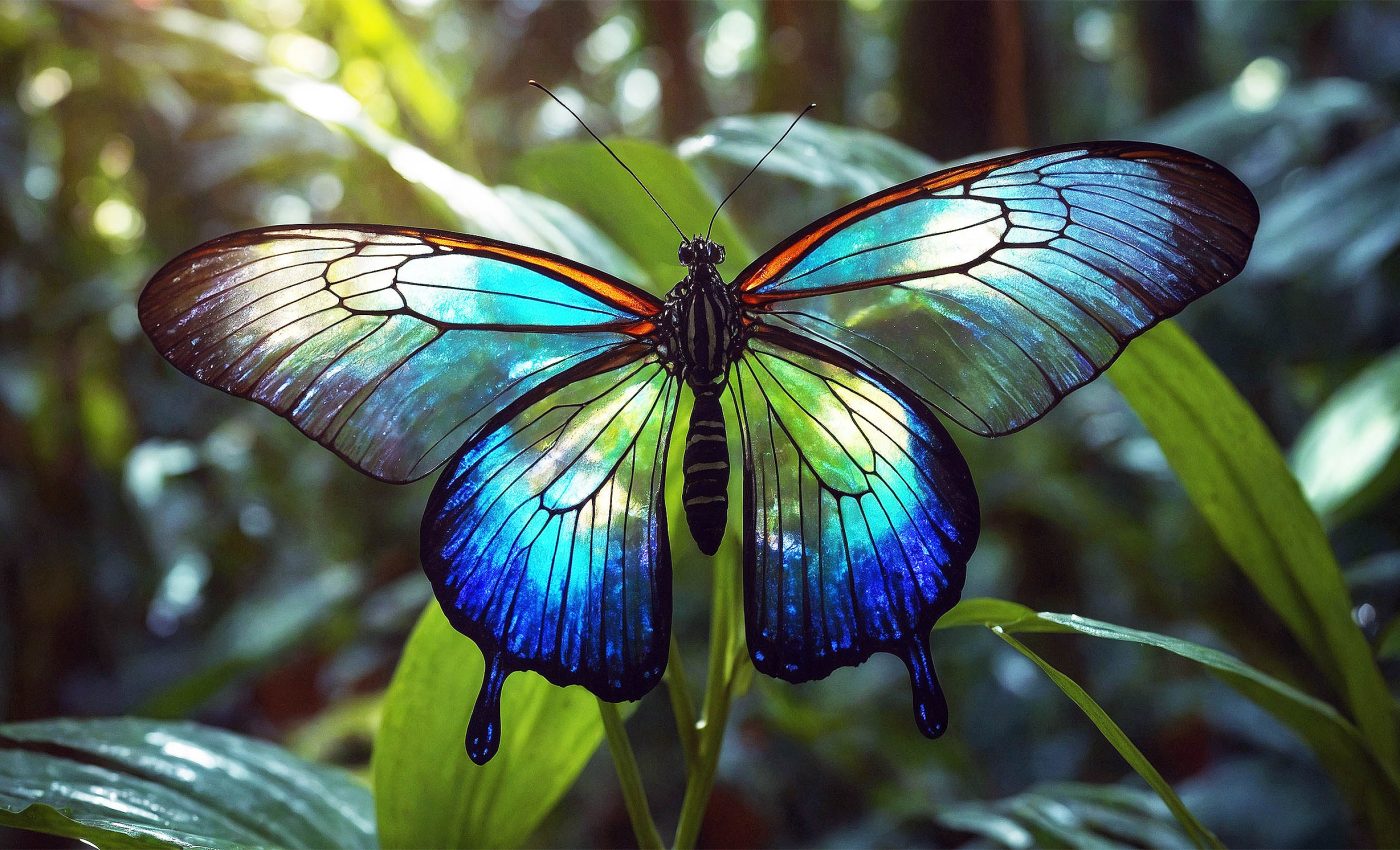
Trafficking animals is a well-known problem, but insect smuggling is equally bad and flying under the radar
Earlier this year, customs officers opened a suitcase and found rows of tiny test tubes. Each tube held a live ant queen, cushioned with a bit of cotton so she could breathe. The incident ultimately exposed a global insect smuggling ring.
Insect trafficking rarely grabs headlines, yet it has real consequences. This “bust” by customs officials demonstrates how sophisticated this illegal activity has become.
These trades slip past busy checkpoints, hide in plain packages, and draw far less public concern than big‑animal crime.
Laws and enforcement priorities still lean toward large, charismatic animal species. Insect smuggling still falls into a blind spot that policy and practice have not yet addressed.
Scientists urge the public to view insect smuggling through “green criminology.”
Traditional criminology leans on a legal question: “Is this against the law?” The green approach starts with a scientific one: “Does this action damage living systems?”
That change in starting point matters because harm can occur even when statutes lag behind ecological reality.
Why insects smuggling matters
Insects run huge parts of Earth’s basic systems. They pollinate many of the crops that end up on kitchen tables, break down waste, and return nutrients to soil.
They also feed birds, fish, and mammals. When insect populations decline or rare species disappear, food webs wobble and services we rely on weaken.
Public empathy often follows fur and tusks. Elephants, rhinos, and tigers draw attention and money. Beetles, butterflies, ants, and stick insects tend to get a shrug.
That gap creates space for traders who count on low scrutiny and high demand from collectors and breeders.
How this illegal trade works
Collectors in biodiversity‑rich regions gather high‑value species and move them toward wealthier markets. The line between legal and illegal can blur.
Sellers may claim a specimen came from captive breeding when it was taken from the wild. Labels can mislead.
Because insects like birdwing butterflies and queen ants are small and quiet, live shipments can travel in ordinary mail. A padded envelope can carry many live insects with little risk of detection.
Online spaces give this trade reach and speed. Social media groups and niche marketplaces host quick posts, fast sales, and disappearing trails. Identities can be masked.
Sellers can jump between platforms when attention grows. Illegal specimens can be mixed into “legitimate” inventories.
The path from a photo on a screen to collecting in a remote forest and shipping across borders has fewer hurdles than most people expect.
Law and practice gaps
Frontline officers face a steep identification problem. Telling protected and unprotected subspecies apart can require expert eyes and time that checkpoints do not have.
The main international treaty that governs cross‑border wildlife trade, CITES, lists some insects, including certain birdwing butterflies.
Many others are not included. Domestic laws vary widely. Loopholes open where species are unlisted, terms are vague, or agencies lack training and resources.
Ecological harm does not wait for a code section to exist. Removing large numbers of insects by smuggling them from the wild can cut local pollination and nutrient cycling.
Shipping live species around the world raises the risk of invasive outbreaks if insects escape or are released.
The spread of the red imported fire ant shows how costly a small invader can become for communities. Invasive beetles can also hit agriculture and native trees hard. The bill for damaged crops, tree losses, and new control programs adds up quickly.
What’s being missed at borders
The study highlights the “dark figure” of crime – the cases of insect smuggling that never get detected. Agencies rightly devote resources to drugs, weapons, and big‑animal trafficking.
Smaller wildlife offenses often slide by with less attention. A series of small parcels can move for months, even years, under the radar. One envelope may look trivial. Hundreds do not. The sum can add up to real ecological and economic loss.
Fixing the blind spot
Policy needs to pull insect smuggling into the center of wildlife crime discussions. The authors argue for recognizing insects as deserving of “species justice,” not only as tools for human use.
They call for better data on what species move, in what volumes, and along which routes so that agencies can pinpoint hotspots and check whether actions work. They push for stronger identification and forensic capacity.
Training officers on commonly traded insects, building expert networks, and scaling up DNA barcoding can turn a quick inspection into a reliable screen.
They also urge closing legal gaps by updating protected‑species lists, modernizing permits, and writing rules that address online advertising and sales directly.
Finally, they treat the internet as a primary marketplace, with proactive monitoring, targeted test buys where appropriate, and platform partnerships that can spot patterns and shut down repeat sellers faster.
Insect smuggling and ecosystems
Education reshapes demand. When buyers learn that a “cool” pet beetle may come from a fragile habitat, enthusiasm can fade.
When hobbyists understand that importing an exotic ant colony can seed an invasive outbreak, choices change.
Museums, zoos, and science educators can share the wonder of insect biology while explaining the risks of unregulated trade and the value of supporting legitimate, sustainable breeding programs – where they exist and are truly ethical.
Tiny shipments can create big trouble. Treating insect smuggling as minor because the animals are small is a costly mistake.
Centering insects in wildlife crime policy strengthens ecosystems, reduces invasive risk, and protects services people rely on every day.
This focus does not take attention away from elephants or rhinos. It fills a gap that nature – and our food systems – cannot afford to leave open.
The full study was published in the journal MDPI.
—–
Like what you read? Subscribe to our newsletter for engaging articles, exclusive content, and the latest updates.
Check us out on EarthSnap, a free app brought to you by Eric Ralls and Earth.com.
—–













